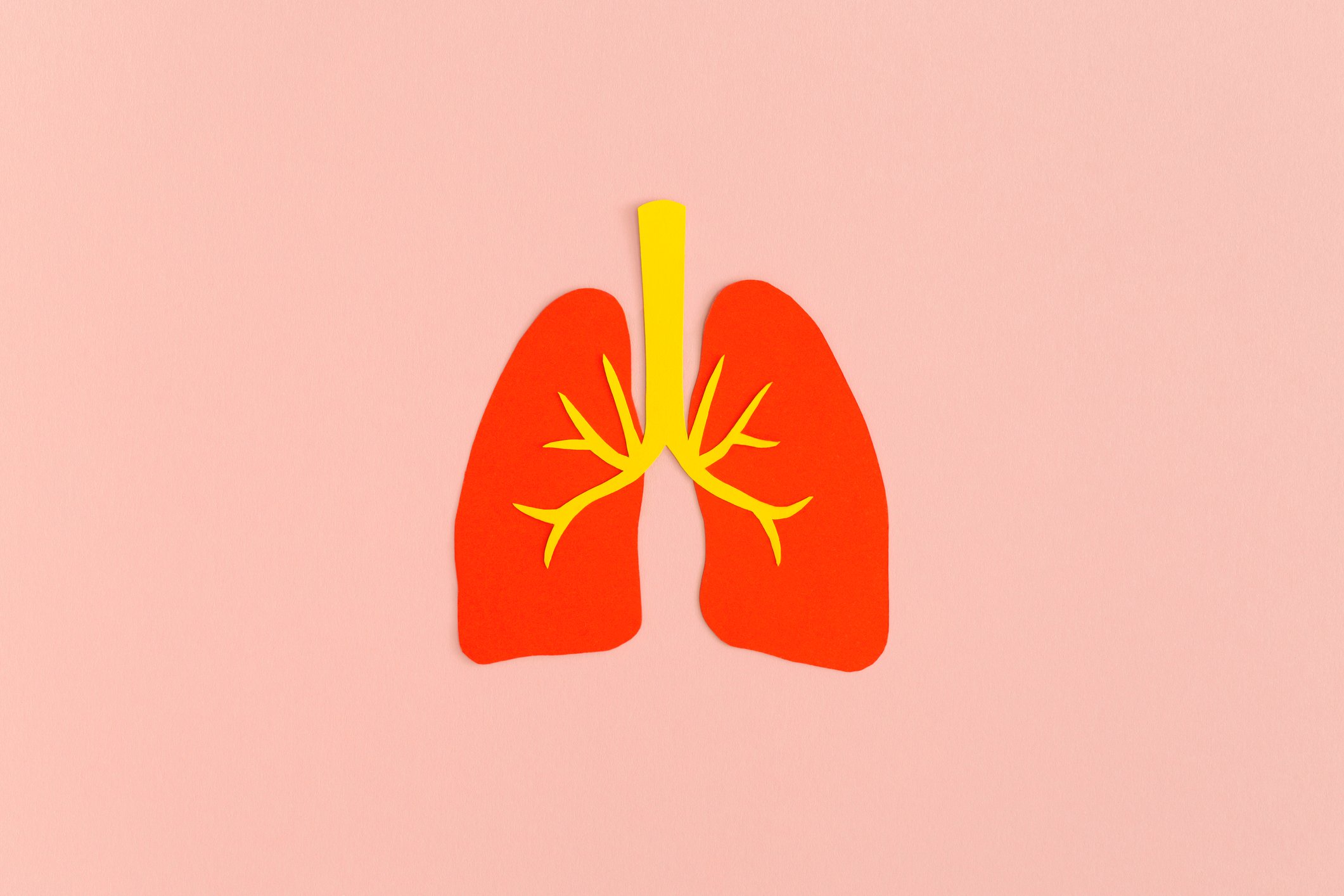预约演示
更新于:2025-05-07
Westfälische Wilhelms-Universität Münster
更新于:2025-05-07
概览
标签
耳鼻咽喉疾病
神经系统疾病
呼吸系统疾病
小分子化药
疾病领域得分
一眼洞穿机构专注的疾病领域
暂无数据
技术平台
公司药物应用最多的技术
暂无数据
靶点
公司最常开发的靶点
暂无数据
| 排名前五的药物类型 | 数量 |
|---|---|
| 小分子化药 | 1 |
| 排名前五的靶点 | 数量 |
|---|---|
| NMDA receptor(谷氨酸[NMDA]受体复合体) | 1 |
关联
1
项与 Westfälische Wilhelms-Universität Münster 相关的药物作用机制 NMDA receptor拮抗剂 |
原研机构 |
非在研适应症 |
最高研发阶段批准上市 |
首次获批国家/地区 日本 |
首次获批日期1982-03-30 |
28
项与 Westfälische Wilhelms-Universität Münster 相关的临床试验NCT06615102
A Prospective Angiotensin II Versus Noradrenaline Trial for Hypotension Management to Reduce Cardiac-surgery Associated Acute Kidney Injury (PAN-AKI)
The study intervention focuses on exploring the use of angiotensin II as a primary vasopressor compared to norepinephrine in cardiac surgery patients to investigate whether angiotensin II can reduce the occurrence of moderate/severe acute kidney injury (AKI). Despite its potential, as suggested by trials involving surgical patients, there is currently no human data confirming its effectiveness in preventing moderate/severe AKI in this context. The intervention aims to address this gap by evaluating angiotensin II's impact compared to norepinephrine.
开始日期2025-01-01 |
申办/合作机构 |
NCT06652919
Development and Validation of Materials for the Pharmaceutical Care of Organ Transplant Recipients in Community Pharmacy: Survey on the Evaluation of Medication Information Leaflets for Organ Transplant Patients
The aim of this study is to collect feedback from organ transplant patients or their caregivers/relatives on the medication information leaflets we've developed, using a questionnaire, and to adjust the content to better meet the specific needs of this unique patient group.
开始日期2024-11-06 |
NCT06472999
Implementation of Nephroprotective Measures in Critically Ill Patients With Moderate/Severe Acute Kidney Injury (AKI) - an Observational Study
This study investigates to which extent recommended nephroprotective measures are implemented in critically ill patients with moderate or severe acute kidney injury.
开始日期2024-07-24 |
100 项与 Westfälische Wilhelms-Universität Münster 相关的临床结果
登录后查看更多信息
0 项与 Westfälische Wilhelms-Universität Münster 相关的专利(医药)
登录后查看更多信息
3,810
项与 Westfälische Wilhelms-Universität Münster 相关的文献(医药)2025-07-01·Geological Society, London, Special Publications
Early Devonian bioclastic contourites in the High Atlas: a plastered drift recording the convergence between Gondwana and Laurussia (Sub-Meseta Zone, Morocco)
作者: Richter, Christian ; Mayer, Oliver ; Baidder, Lahssen ; Pingel, Nora ; Aboussalam, Z. Sarah ; Gibb, M. Arwed ; Gibb, Laura M. ; Becker, R. Thomas ; Hüneke, Heiko ; El Hassani, Ahmed
2025-04-01·International Journal of Biological Macromolecules
Screening of deoxyribonuclease I inhibitors from autodisplayed Fv-antibody library
Article
作者: Lee, Misu ; Jung, Jaeyong ; Sung, Jeong Soo ; Kang, Min-Jung ; Bae, Hyung Eun ; Pyun, Jae-Chul ; Kwon, Soonil ; Jose, Joachim
2025-02-25·Journal of Experimental Botany
Date palm diverts organic solutes for root osmotic adjustment and protects leaves from oxidative damage in early drought acclimation
Article
作者: Ache, Peter ; Hedrich, Rainer ; Lux, Thomas ; Mueller, Heike M ; Kangasjärvi, Jaakko ; Kudla, Jörg ; Du, Baoguo ; Mayer, Klaus F X ; Geilfus, Christoph-Martin ; Schnitzler, Joerg-Peter ; Rennenberg, Heinz ; Mithöfer, Axel ; White, Philip J ; Carpentier, Sebastien Christian ; Reichelt, Michael ; Franzisky, Bastian L ; Messerer, Maxim ; Winkler, Jana Barbro
1
项与 Westfälische Wilhelms-Universität Münster 相关的新闻(医药)2025-02-10
German drugmaker Boehringer Ingelheim didn’t share any data behind the top-line result, instead promising that the efficacy and safety findings would be unveiled in the second quarter.\n Boehringer Ingelheim has cemented the potential of its idiopathic pulmonary fibrosis (IPF) drug with a second phase 3 win in a related lung disease leading the drugmaker to expand the indications it will seek FDA approval for.The FIBRONEER-ILD trial saw 1,178 patients with progressive pulmonary fibrosis (PPF) receive either a 9 mg or 18 mg dose of the PDE4B inhibitor nerandomilast or placebo twice a day for 52 weeks. The study hit its primary endpoint of demonstrating an absolute change from baseline in forced vital capacity—a measure of the volume of air that a patient can breathe out—Boehringer said in a Feb. 10 release.The German drugmaker didn’t share any data behind the top-line result, instead promising that the efficacy and safety findings would be unveiled in the second quarter.“Initial data readouts of the FIBRONEER trials support a generally consistent safety and tolerability profile when compared to the phase 2 IPF study, with overall adverse events comparable to those seen in the placebo group,” the company said.Armed with the latest results, Boehringer said it will request that FDA and global regulators approve nerandomilast as a treatment for PPF, a type of interstitial lung disease. The company has already said it will seek approval for nerandomilast in IPF after proclaiming a win in a phase 3 trial for that lung disease in September 2024. Again, the company opted to hold back any concrete data from that trial for later in this year.When it comes to managing IPF, physicians already have Boehringer’s Ofev and Roche’s Esbriet. However, those drugs only slow the progression of fibrosis, while attempts to produce molecules that further slow, or ideally stop, progression have failed to prove their worth.By targeting phosphodiesterase 4B (PDE4B), nerandomilast is meant to have a mechanistic advantage over the incumbent products. Targeting PDE4 drives anti-inflammatory and antifibrotic effects, but attempts to develop oral inhibitors of the enzyme in respiratory diseases have been hindered by class-related systemic adverse events such as diarrhea and headaches.“The positive FIBRONEER-ILD topline result shows the potential of nerandomilast in progressive pulmonary fibrosis,” Shashank Deshpande, Head of Human Pharma at Boehringer, said in the release. “The hope is that the safety and tolerability profile we are initially seeing could potentially help to reduce treatment challenges.”

临床3期临床2期临床结果
100 项与 Westfälische Wilhelms-Universität Münster 相关的药物交易
登录后查看更多信息
100 项与 Westfälische Wilhelms-Universität Münster 相关的转化医学
登录后查看更多信息
组织架构
使用我们的机构树数据加速您的研究。
登录
或

管线布局
2025年10月11日管线快照
管线布局中药物为当前组织机构及其子机构作为药物机构进行统计,早期临床1期并入临床1期,临床1/2期并入临床2期,临床2/3期并入临床3期
临床前
1
登录后查看更多信息
当前项目
| 药物(靶点) | 适应症 | 全球最高研发状态 |
|---|---|---|
酒石酸艾芬地尔 ( NMDA receptor ) | 新型冠状病毒感染 更多 | 临床前 |
登录后查看更多信息
药物交易
使用我们的药物交易数据加速您的研究。
登录
或

转化医学
使用我们的转化医学数据加速您的研究。
登录
或

营收
使用 Synapse 探索超过 36 万个组织的财务状况。
登录
或

科研基金(NIH)
访问超过 200 万项资助和基金信息,以提升您的研究之旅。
登录
或

投资
深入了解从初创企业到成熟企业的最新公司投资动态。
登录
或

融资
发掘融资趋势以验证和推进您的投资机会。
登录
或

Eureka LS:
全新生物医药AI Agent 覆盖科研全链路,让突破性发现快人一步
立即开始免费试用!
智慧芽新药情报库是智慧芽专为生命科学人士构建的基于AI的创新药情报平台,助您全方位提升您的研发与决策效率。
立即开始数据试用!
智慧芽新药库数据也通过智慧芽数据服务平台,以API或者数据包形式对外开放,助您更加充分利用智慧芽新药情报信息。
生物序列数据库
生物药研发创新
免费使用
化学结构数据库
小分子化药研发创新
免费使用
